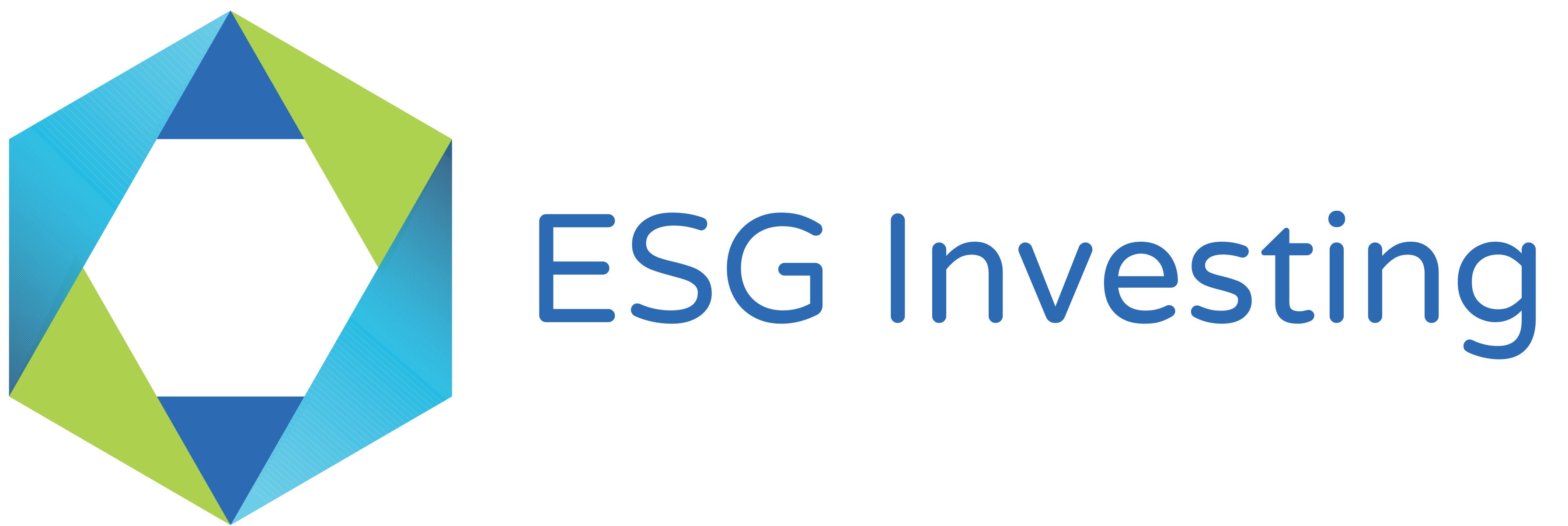Research from Standard Chartered has found that UN Sustainable Development Goals are facing an investment shortfall.
Standard Chartered says the UN Sustainable Development Goals (SDGs) are not getting the investment needed to help the world meet critical targets for combatting challenges such as poverty and climate change by 2030
A survey conducted between July and August 2020, amongst a panel of the world’s top 300 investment firms with total assets under management (AUM) of more than USD50 trillion, found that:
• 20 per cent are unaware of the UN’s Sustainable Development Goals (SDGs)
• Only 13 per cent of their USD50 trillion of investment is linked to the SDGs
• 64 per cent of their AUM is invested in Europe and North America, with only 5 per cent in Middle East and Africa combined, even though investors say emerging-market investments outperform
• Lack of investment in emerging markets puts the chances of meeting the 2030 SDG deadline at risk
Not enough investment is linked to the SDGs
The research points to a growing focus on sustainability, with 81 per cent of investment firms now taking a disciplined approach to environmental, social and governance investment. However, this is not translating into investment in the SDGs. Only 13 per cent of the assets managed by our respondents is directed towards SDG-linked investments.
Some 55 per cent claim the SDGs are not relevant to mainstream investment and 47 per cent say investment in the SDGs is too difficult to measure. However, one fifth of investors admit that they were not aware of the SDGs.
Respondents point to regulatory changes, favourable tax treatment, evidence of higher returns, better data for measuring impact, and increased demand from retail investors as the top five factors that might spur on more SDG investment.
Emerging markets are seeing a massive shortfall in investment
The research shows that almost two thirds (64 per cent) of AUM are invested in the developed markets of Europe and North America. Asia, which includes a number of developed markets, takes 22 per cent, while just 2 per cent, 3 per cent and 5 per cent of the assets are invested in the Middle East, Africa and South America, respectively.
This contrasts with 88 per cent of investors saying that investments in emerging markets have matched or outperformed developed markets over the past three years.
The perceived risk posed by emerging markets is a major barrier to investment. More than two-thirds of investors believe emerging markets are high-risk, compared to 42 per cent who believe the same for developed markets
Which markets are getting the most investment?
North America 26%
Europe 38%
Asia 22%
Middle East 2%
Africa 3%
South America 5%
Australia/Oceania 4%
Simon Cooper, CEO, Corporate, Commercial and Institutional Banking, Standard Chartered said, “Much progress has been made in recent years to realise the SDGs, but this study makes clear the need to move faster. A seismic, unprecedented surge in private-sector investment – alongside public investment and commitments – will be required to bridge the gap and hit the 2030 SDG targets.
“There is no single answer to The $50 Trillion Question, but it is evident that investors need to expand their focus beyond developed markets if we are to achieve these goals. Emerging economies offer investors a unique opportunity: strong returns combined with the chance to have a significant, positive impact. Now is the time to seize it.”
